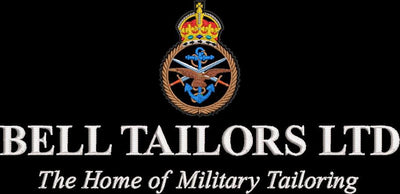In a recent interview, our Operations Director, Ilyass Bhatti was asked to share his thoughts on what a well fitting uniform means in modern day United Kingdom and how it has an effect on morale and team spirit.

Uniforms have long been an essential part of various professions — from the military and emergency services to hospitality, education, and corporate sectors. While the design and colour of a uniform often reflect brand identity or organisational tradition, the fit of that uniform plays a crucial, and sometimes overlooked, role. A well-fitting uniform is far more than just clothing; it is a tool that contributes to performance, confidence, safety, and professionalism.
First impressions matter. A uniform that fits properly projects a polished and professional image. When employees wear uniforms that are tailored to their bodies, it signals attention to detail and pride in their work. In customer-facing roles, this can enhance trust and credibility. A crisp, well-fitted uniform can convey discipline, competence, and unity within a team.
Clothing affects how people feel and perform. A well-fitting uniform allows employees to feel comfortable and confident in their roles. Ill-fitting uniforms, on the other hand, can lead to self-consciousness, discomfort, or frustration. When workers feel good about their appearance, morale improves — and with higher morale comes greater job satisfaction and engagement.
Uniforms are often designed with specific tasks in mind, and proper fit is vital to ensure they function as intended. In industries where physical activity is frequent — such as healthcare, manufacturing, or security — a uniform that fits correctly allows for ease of movement and reduces the risk of accidents. For example, clothing that is too loose may get caught in machinery, while uniforms that are too tight can restrict motion or cause fatigue.
Uniforms are meant to create a sense of belonging and equality. When everyone wears well-fitting attire that flatters and functions properly, it reinforces a team identity where no individual stands out for the wrong reasons. Proper fit ensures that uniforms are inclusive and respectful of diverse body types, helping every member of the team feel valued and represented.
Finally, well-fitting uniforms tend to last longer. When garments fit properly, they experience less strain at seams and stress points, reducing wear and tear. This makes investing in tailored or adjustable uniforms not just a matter of aesthetics or comfort, but of cost-effectiveness over time.
A uniform is more than just standard clothing — it is an extension of the organisation’s values and a key factor in employee performance and satisfaction. Ensuring that uniforms fit well is a simple yet powerful way to promote professionalism, safety, and team cohesion. Whether in the boardroom, classroom, or workshop, the right fit makes all the difference.

